What a fate it is to be hung next to the most famous painting in a gallery. To be overlooked, a framing device, just out of shot of every selfie taken in front of ‘The Ambassadors’ or ‘Mona Lisa’.
The painting immediately to the left of Johannes Vermeer’s ‘Girl with a Pearl Earring’ in the Mauritshuis is Gerard ter Borch’s ‘Combing for Lice’. The weary mother in this close interior has none of the pouty lusciousness of Vermeer’s pin-up, but no Madonna ever cradled her bambino with as much maternal tenderness as this Dutch huisvrouw inspects her son’s blond head.
Thanks to Tracy Chevalier’s Girl with a Pearl Earring and Donna Tartt’s The Goldfinch, all most visitors want from the Mauritshuis is Vermeer and Carel Fabritius. His ‘Goldfinch’ is a funny little thing, with a beak like a Toblerone triangle and dusty plumage. Tick those two off your list first, then spend your visit with Jan Steen’s ‘Oyster Girl’ — how daintily she sprinkles her salt, how conspiratorial her half-smile — or Frans van Mieris’s ‘Teasing the Pet’, a portrait of a poor, pained spaniel puppy having his ear tugged. Once you have finished with the fijnschilders — the fine painters — on the first floor, play spot-the-guinea-pigs in Jan Brueghel the Elder and Peter Paul Rubens’s ‘Garden of Eden’.
The Hague is a painterly city. The dark, patterned brickwork of the surviving 17th-century townhouses have the heavy impastoed texture of a Rembrandt. They are particularly appealing in low autumn sun. Now red, now golden, now tanner’s brown, now black.
The streets follow the shape of what were once sand dunes, wiggling through the city in no great hurry to be anywhere. Don’t meander too aimlessly, though — the bicycles don’t give you much warning. A trill of a bell and a Dutchman — 6ft 6in tall — trundles past towing a wooden wheelbarrow filled with his three small children, all with Ter Borch blond hair. When it rains, the gargoyles on the city’s art nouveau houses do their worst, so beware stopping to take your Instagram shots beneath one. Do, however, convince a local to say the word ‘gargoyles’. It comes out, charmingly, as ‘goggles.’ ‘Look at those gurgling goggles!’ exhorts our guide.
The house of the architect J.P.J. Lorrie, on the canal at 26 Smidswater, has the most photographed letterbox in the city: an art nouveau cat, skinny as a Siamese, with a doorbell where its whiskers would be. Meanwhile the collection of M.C. Escher, the Dutch artist-mathematician whose work is celebrated in an exhibition at the Dulwich Picture Gallery until 17 January, finds a fitting home in the former Winter Palace of Queen Mother Emma of the Netherlands. It has one of those staircases that doubles back on itself as it runs up three flights of the entrance hall. Escher might have drawn the Queen Mum climbing the stairs upside down and meeting her doppelgänger coming the other way.
An hour here peering at Escher’s precipices and improbable perspectives and you are dizzy with vertigo. Fill your head with Escher and your stomach with Dutch gouda and you will have very strange dreams.
Got something to add? Join the discussion and comment below.
Get 10 issues for just $10
Subscribe to The Spectator Australia today for the next 10 magazine issues, plus full online access, for just $10.


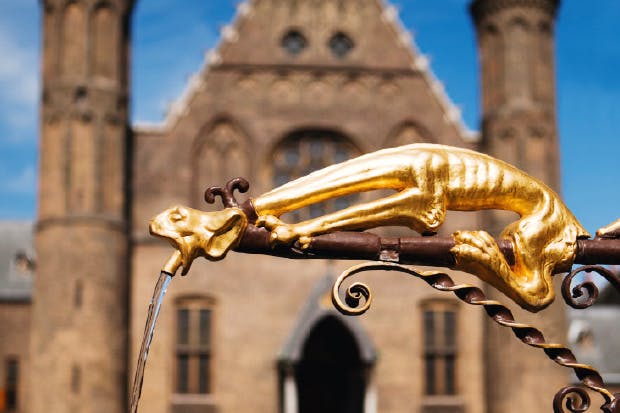
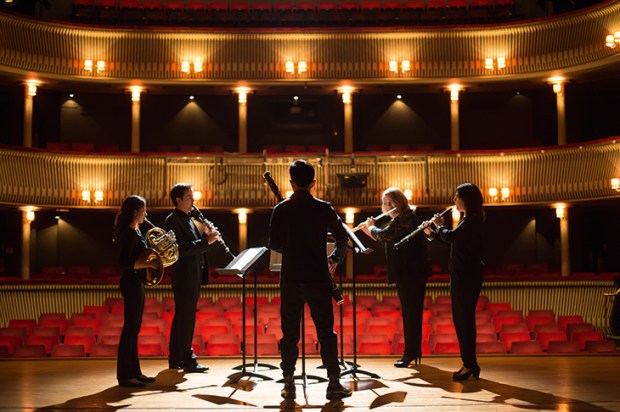
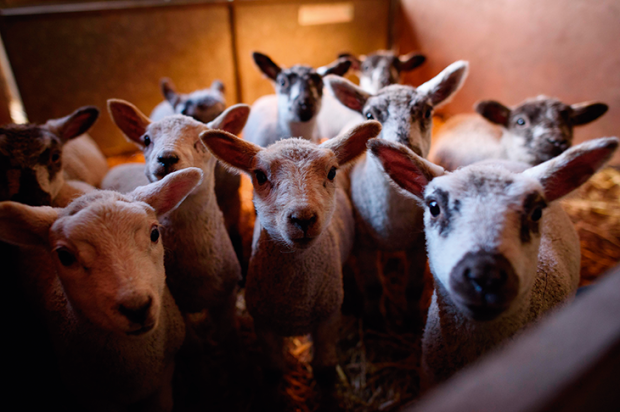
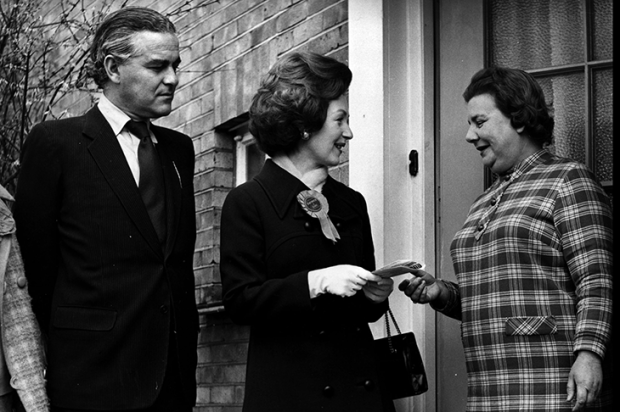


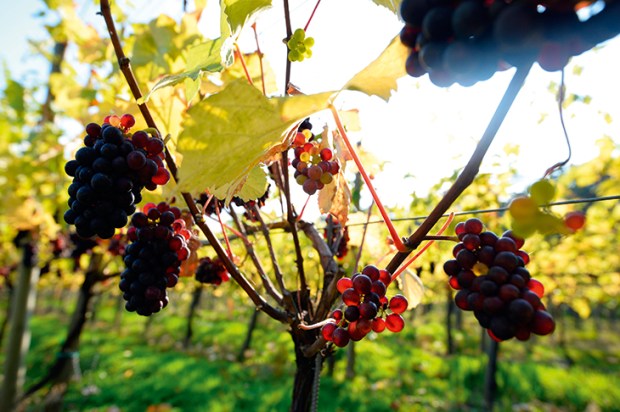






Comments
Don't miss out
Join the conversation with other Spectator Australia readers. Subscribe to leave a comment.
SUBSCRIBEAlready a subscriber? Log in